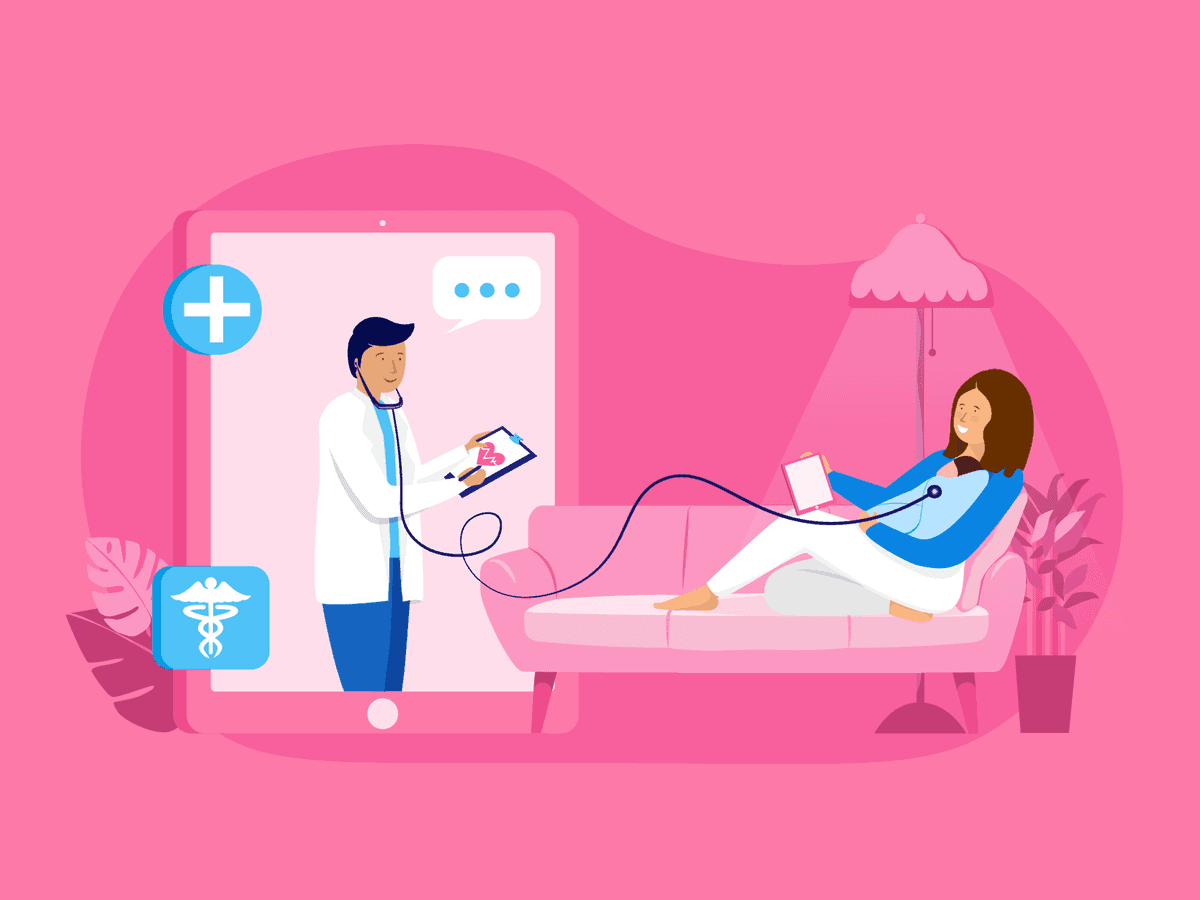
Discover the top 5 healthcare technology trends for 2025, including AI, telemedicine, wearable devices, personalized medicine, and advanced RCM tools revolutionizing medicine.
Navigate the intersection of healthcare and technology with millermedia7’s healthcare tech category. Discover innovations and strategies for a healthier future.
Discover the top 5 healthcare technology trends for 2025, including AI, telemedicine, wearable devices, personalized medicine, and advanced RCM tools revolutionizing medicine.
Discover the future of preventative healthcare with AI, wearables, and data analytics. Learn how these innovations enable early detection, personalized care, and better health outcomes.
The COVID-19 pandemic showed that artificial intelligence (AI) and telehealth technology aren’t just fancy trends in the medical industry. They are necessities that healthcare providers must adopt in order to remain efficient in current conditions. It’s true that discussions about the functionality of AI-driven telemedicine solutions are quite popular among developers and tech managers of medical organizations. Yet, the user experience (UX) aspect of AI in telehealth is rarely the main point and, as a result, gets far less attention.
We believe that experience optimization is invaluable regardless of industry and product type. Telehealth AI innovations can transform healthcare systems only when it both improves patient care and makes daily tasks easier for doctors.
This is why we want to take a look at how AI and telehealth are changing the way patients and clinicians interact and engage. We’ll also discuss how these technologies can potentially disrupt the UX of an entire health-tech discipline.
Many people still prefer traditional doctor’s visits to telemedicine appointments. They believe that long-distance communication via a video call doesn’t allow physicians to properly diagnose patients. While it may be true for some cases, the implementation of artificial intelligence in telehealth can radically change this situation. AI-powered software solutions open doors to almost infinite opportunities in health diagnostics, eliminating most concerns about the risk of incorrect diagnoses.

Machine learning algorithms embedded in telemedicine systems can analyze the patient’s health data from electronic medical records (EMR). By combining this information with other important characteristics like gender, age, and prior medical conditions, an AI-enabled telehealth application can help doctors quickly form accurate diagnoses and provide patients with relevant treatment recommendations despite the distance.
Artificial intelligence can enhance the patient journey by enabling the automated collection of information before a video call. Getting the complete and detailed data about the person’s symptoms will help doctors spend a telemedicine appointment more productively, speed up the care process, and improve medical decision-making.

In this context, designing a human-like conversational experience is critical to make patients feel cared for and forget that they are talking to a machine or chatbot. Otherwise, the solution may have the opposite effect. In particular, it’ll create an impression that a person’s health issues are not important enough to be examined by a real physician.
When it comes to user experience trends in healthcare, we cannot ignore various personalization capabilities that can be greatly improved with the help of AI and telehealth. Different medical apps existing on the market today can provide users with some basic information about their symptoms or diseases. However, they aren’t powerful enough to augment the first line of primary care.

At the same time, AI software can focus on unique patient’s needs and offer users treatment options relevant to their specific cases. Additionally, predictive analytics can help doctors anticipate possible complications and take necessary preventive measures. This creates a solid foundation for taking the quality of care to the next level and enhancing both the patient experiences and outcomes.
AI telehealth solutions can reduce the need for face-to-face consultations with physicians through efficient remote health monitoring. Elderly people and people with chronic diseases have to visit doctors on a regular basis just to make sure that their health indicators remain in the normal range. While such visits are necessary, they take a lot of time and put patients at risk of catching viruses and infections in hospitals and clinics. In addition, they increase the workload for doctors, making the visits labor-intensive and exhaustive.

Telehealth apps can reduce the number of mandatory medical check-ups by allowing clinicians to monitor the patient’s heartbeat, blood pressure, temperature, and other vital signs at a distance. If combined with artificial intelligence, such solutions can detect dangerous health conditions early on and alert users and their doctors about possible risks. For instance, AiCure, a New York-based company has developed a platform that enables physicians to track progress in the patient’s treatment based on their facial expressions.

Assessing symptoms and diagnosing patients via video calls are not the only tasks necessary for doctors to perform in order to provide quality telemedicine services. Along with other medical staff, they need to complete a lot of administrative tasks that have a great impact on the overall patient experience. Statistics show that physicians spend about 50 percent of their time on paperwork and processing documents.
Implementation of AI-driven solutions can help hospitals and clinics improve workflows and make administrative work less burdensome and time-consuming. For instance, voice-controlled tools that are based on natural language processing (NLP) technology can simplify the management of patients’ medical records (electronic medical records (EMR)/electronic health records (EHR)). Also, machine learning (ML) powered virtual assistance can give doctors recommendations about prescriptions they may want to consider when evaluating patients.
Many fears that people have about telemedicine are related to choosing the right medical professional. Unlike in-person visits, video calls provide limited opportunities to create an emotional connection with a doctor. As a result, the patient may have doubts about a clinician’s qualification even if everything went well during the appointment.

ML algorithms can use a person’s health data to better find a doctor who has the most suitable expertise. Such AI-assisted telehealth software will help patients feel more comfortable about the fact that they’re treated remotely. In addition, it will simplify the work for hospital administrators, freeing up their time for other important tasks.
UX is invaluable for all types of digital products and telehealth isn’t an exception. Artificial intelligence can allow medical organizations to create telemedicine solutions with intentional user experience design. It will enhance the patient journey and make remote clinical services more efficient. In particular, AI-enabled software can help hospitals and clinics automate the collection of information, improve diagnostics, monitor patients’ health conditions remotely, streamline administrative processes, and pick the right medical professional based on patient’s health data.
Looking for a skillful team to create a perfect UX design for your telemedicine solution? Contact us!

